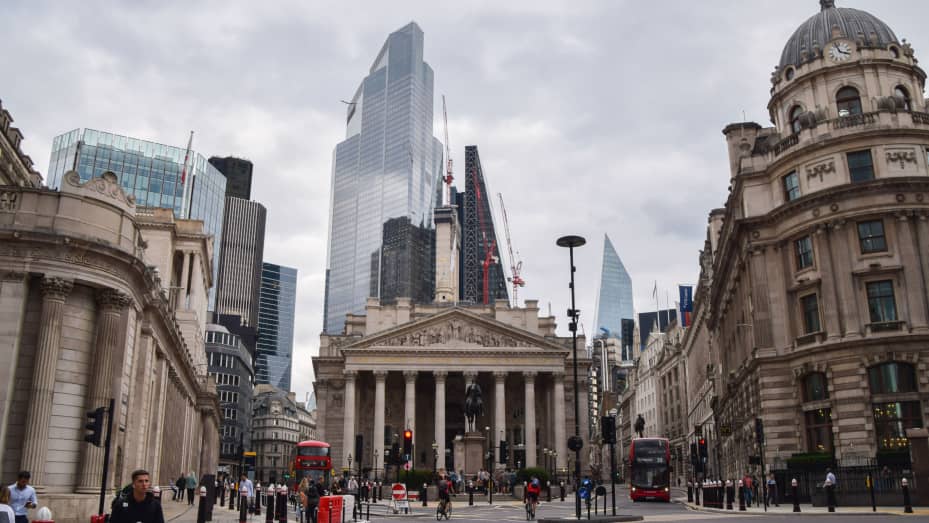On Monday, Sterling volatility surged to its highest since the fallout from the Brexit referendum in mid-2016. This happened after the British government’s fiscal plan alarmed investors and put the pound to a record low against the US dollar.
Kwasi Kwarteng, the Finance Minister who unveiled a ‘mini-budget’ on Friday full of tax cuts, doubled down at the weekend on his commitment to cut taxes and shrugged off the impact of short-term market reactions.
Three-month implied options volatility for sterling hit an intraday high of 19.785% on Monday, the highest since the result of the Brexit vote in late June 2016, when it topped 22%, according to Refinitiv data.
The pound plunged against the dollar by as much as 5 per cent earlier in the day to a trough of USD 1.0372, the lowest since decimalisation in the early 1970s. It later recovered and was last flat against the US currency at around USD 1.0851, in one of its most volatile trading days in years.



